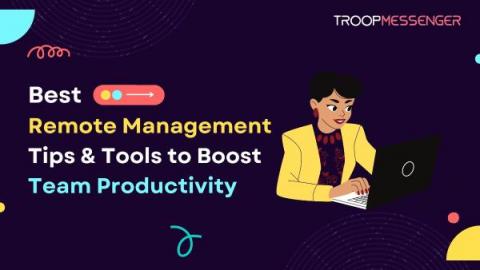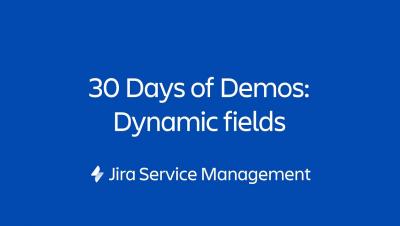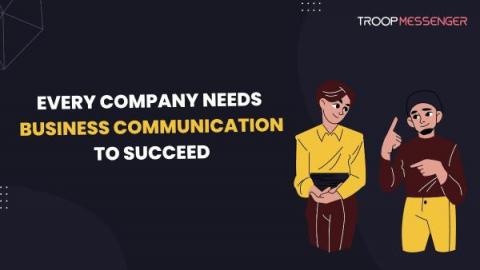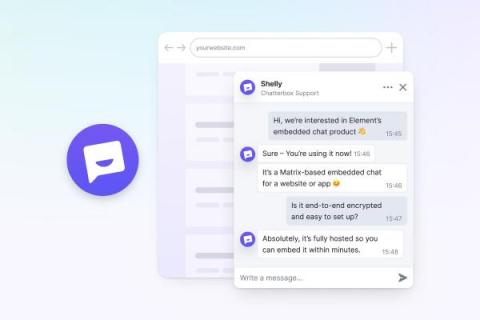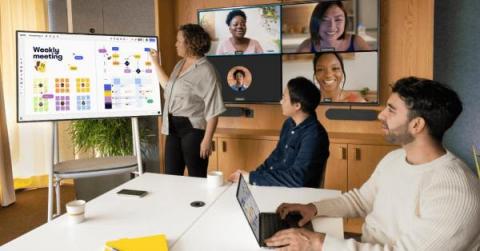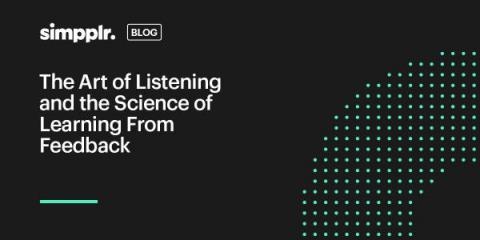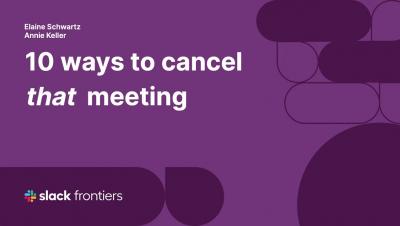Best Remote Management Tips and Tools to Boost Team Productivity
Many people prefer to work remotely because they don’t have to commute and enjoy more flexibility. It gives them the opportunity to tailor their schedules to fit their lifestyles and find a better work/life balance. According to FlexJobs, 60% of women and 52% of men will quit their jobs if their employers do not offer remote work. Having to manage remote employees can be challenging for managers who still have a traditional mindset.


